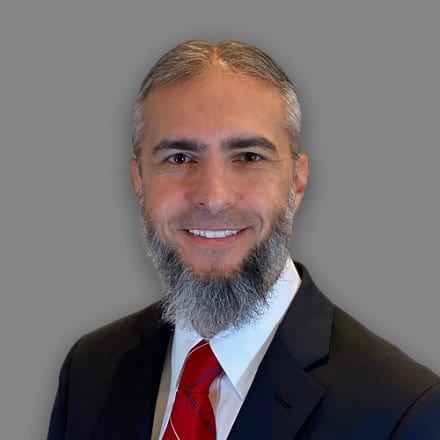Inside Angle
From 3M Health Information Systems
The new radiology landscape: Teleradiology and AI
Radiologists are hard to find. Clinicians have always joked that radiologists hide out in the dark corners of hospitals reading film. With the current state of the industry, this statement now reflects the tightening radiologist job market, as imaging volumes steadily grow year over year and the number of radiologists remains the same. Over the last 20 years, the United States has seen an overwhelming 88 increase in individual radiologist work volume, but only a 13 percent increase of radiologists entering the workforce. From 2008 to 2018, Frost & Sullivan reported that the average radiologist workload practically doubled from 14,900 studies to 26,457 studies per year.
There is no arguing that radiologists play a critical role in patient care. The ultimate question is what happens when imaging volume overtakes the national radiology reading capacity? With almost a quarter of radiologists now older than 60 and 53 percent older than 55, the field is approaching a shortage crisis. How are hospitals and other organizations adapting to this shortage?
More and more hospitals and imaging centers are turning to overnight teleradiology services to maintain worklists and keep turnaround times low. No longer do radiologists have to consider uprooting their family or the local living opportunities when they take a new job. Radiology jobs are approaching a commodity status where compensation and shift times are the key differentiators. Radiologists approaching burnout are leaving permanent jobs for independent contractor opportunities where can they control the number of shifts and workload. Independent contractor radiologists are increasingly switching freelance remote jobs every 12 months as the landscape shifts—a pattern that is already very common in nursing, radiology technologists and non-medical fields.
But even the largest overnight teleradiology firms still run into delays caused by the staffing shortage. Large firms now triage cases based on exam type and use artificial intelligence (AI) to screen the images. Smaller hospitals are challenged to retain competitive local radiologists who have compensation limited by local payer mix, inferior managed care contacts and outdated facility technology.
While hospitals continue to experience the pressures of open job roles for weeks at a time, radiologists, in the short term, are turning to technology such as AI to continue to relieve some pressure. Also known as the colleague that never sleeps, AI technology provides fast and efficient support with access to greater technology including speech reporting, workflow orchestrators and image evaluation that help increase radiologist’s productivity by streamlining the human factors. Thirty years ago, the relatively high cost of advanced imaging meant that it was used after the clinician’s diagnosis. Now, many emergency department CT scans are reported before the clinician finishes their physical exam. Real time computer-assisted physician documentation (CAPD) identifies critical errors like laterality and anatomy mismatches before the radiologist signs the reports.
AI interpretation of medical images is under development with some early phase implementations in large firm settings. The near term hope is that new tools will assist radiologists to identify abnormalities, create reports and urgently alert clinicians about relevant findings – ultimately making our roles much easier and open positions in hospitals more attractive and easier to fill.
Dr. Arif Kidwai serves as president for St. Johns Radiology Associates (SJRA).


